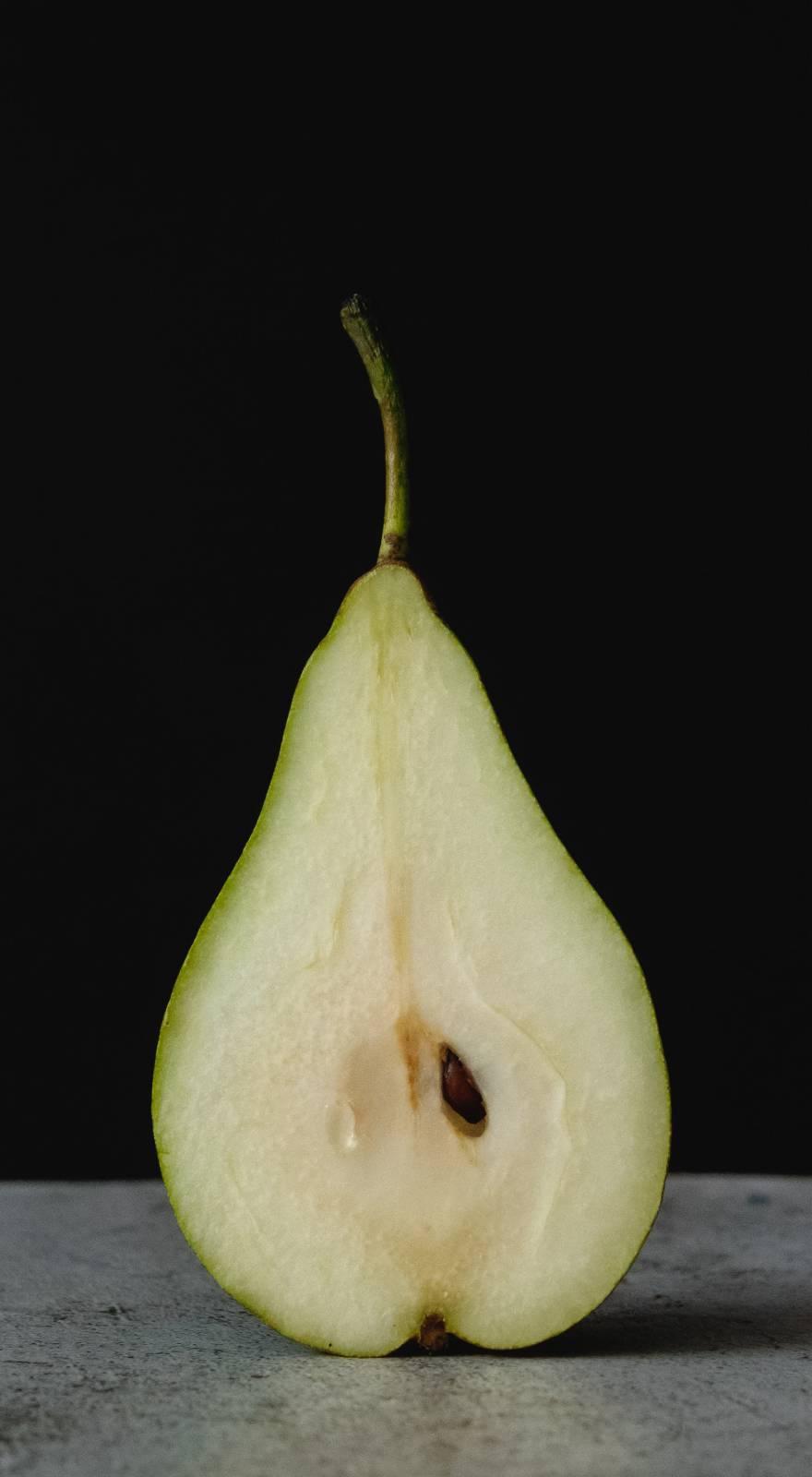Knowde Enhanced TDS
Identification & Functionality
- Ingredient Name
- Ingredient Origin
- Food Ingredients Functions
- Pharma & Nutraceuticals Functions
- Ingredients
- Acacia Gum
- Food Additive Number
- E 414, INS 414
Features & Benefits
- Food Ingredients Features
- Product Highlights
The uses of Gum Acacia date back about 5000 years to the time of the ancient Egyptians, and it is the oldest and best known of all the natural gums. Among its many ancient applications, Gum Acacia was used as a binder in cosmetics and inks, and as an agent in the mummification process.
Egyptian fleets shipped Gum Acacia as an article of commerce. Ancient inscriptions frequently refer to "KAMI", a form of Gum Acacia used as a pigment binder and adhesive in painting. It was eventually introduced to Europe through various Arabian ports acquiring the name "Gum Arabic" after its place of origin. During the Middle Ages, Gum Acacia trade was carried on through ports controlled by the Turkish Empire, thus giving rise to the name "Turkey Gum".
- Three Principal Fractions Have Been Identified In Gum Acacia Senegal
- Arabinogalactan — 88% of the molecule and approximately 15% of the polypeptide fraction
- Arabinogalactan-protein complex – 10% of the molecule and nearly 50% of the polypeptide
- Glycoprotein – 1% of the molecule and again nearly half of the polypeptide fraction.
The majority of the commercial gum comes from Acacia senegal and Acacia seyal. The supply area is the Sahel region, a transition zone between the northern Sahara Desert and the southern belt of savanna. This area is seen stretching all the way from Senegal in West Africa to Somalia in East Africa.
Strangely, Gum Acacia is only produced by trees that are in an unhealthy condition. Gum yields are improved by natural factors that lessen the vitality of the trees – hot weather, poor soil, lack of moisture, etc.
It is important to remember that a damaged tree will give a larger yield of gum. Thus, the natives will cut and strip the bark from a tree and return later to remove the tears of gum that form in the wounds or scars. Within 3 – 8 weeks, the gum will start to collect in the wound, but this depends on the weather conditions. Gum droplets are about 0.75 – 3 inches in diameter, and they gradually dry and harden on exposure to the atmosphere. A young tree will yield 400 – 700 grams annually.
The dry season lasts from October to June and the gum is collected every 10 days. During the rainy season no gum is formed since the trees are in full bloom. After collection, the gum is brought from the farms and stands to villages. From there it’s transported to market.
When the gum is auctioned, there is a basic cleaning process including sieving, hand selection and grading. The main purpose of this cleaning process is the removal of sand, bark, extraneous material and any adulteration with other gums.
Applications & Uses
- Markets
- Applications
- Food & Nutrition Applications
- Applications
FOOD & BEVERAGE
Gum Acacia is a crucial ingredient in the production of a stable beverage emulsion. ISC Gums Premium Spray Dried Gum Acacia is trusted by beverage houses worldwide. Unlike starches and other physically, enzymatically or chemically altered ingredients. Gum Acacia is over 90% soluble dietary fiber and completely soluble, making it easy to incorporate into numerous applications to support their health benefits, such as; beverages, cereal bars, baked good, dairy products. ISC Gums produces Organic, Non-GMO, Kosher, Halal certified Gum Acacia.FLAVOR & FRAGRANCE
Gum Acacia is used extensively in the production of spray dried flavors and fragrances. It is used to stabilize emulsions and when subsequently spray dried, Gum Acacia prevents evaporation and oxidative deterioration of the flavor/ fragrance oils.PHARMACEUTICALS
Gum Acacia has widespread usage as suspending agents, emulsifiers, adhesives and binders in tabletting and in demulcent syrups. Gum Tragacanth has widespread use as a suspending agent and emulsifier in liquid preparations.COSMETIC
Among its many uses, Gum Acacia functions as a stabilizer in lotions and creams. It increases viscosity, imparts spreading properties, gives a protective coating and smooth feel. Gum Tragacanth is also used as a suspending agent and viscosifier in hand creams.LITHOGRAPHY
Gum Acacia is used in the preparation of etching and plating solutions in the lithography industry. Gum Acacia functions as a sensitizer for plates, as an ingredient in fountain solutions, plate washes and protective coatings for the plates in storage.INDUSTRIAL
Gum Acacia is a key ingredient in the micro-encapsulation process. In textiles it is found in waterproof emulsions and sizings. Gum Acacia works as a binder for color pigments in crayons. The list of uses goes on — ink and pigment manufacture, ceramics, liquid insecticides, polishes, paints, etc.
Regulatory & Compliance
- Certifications & Compliance

